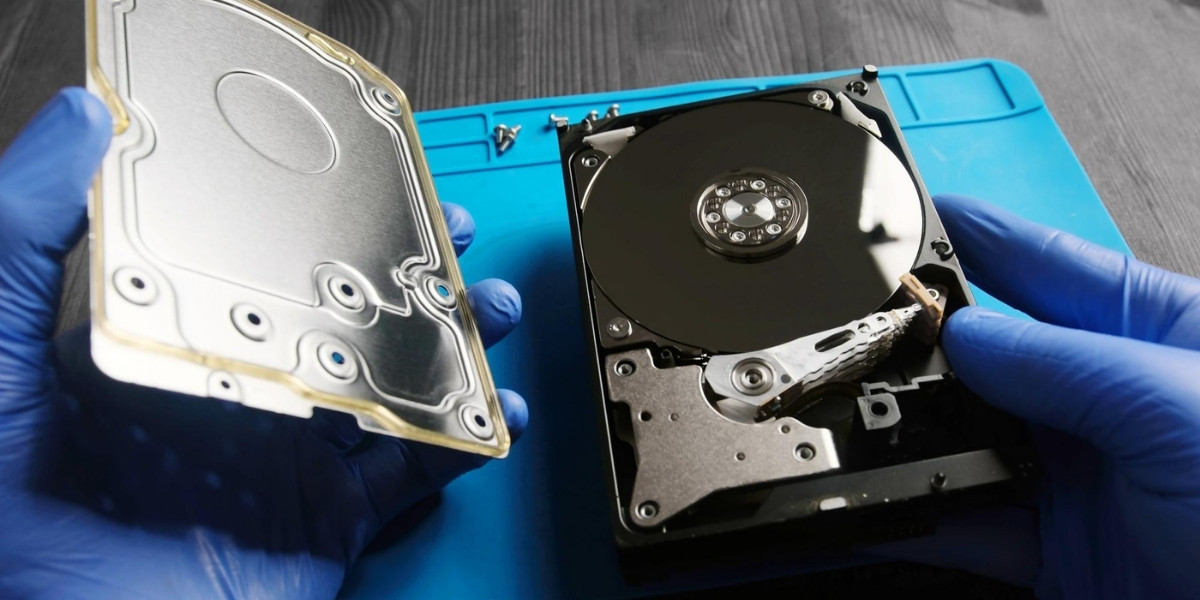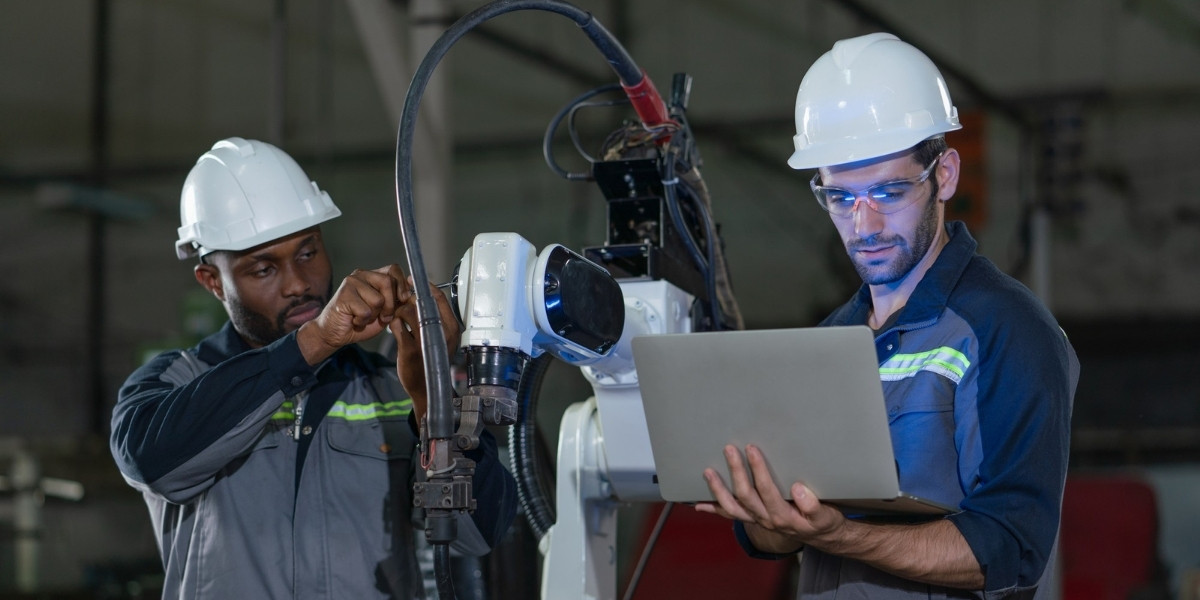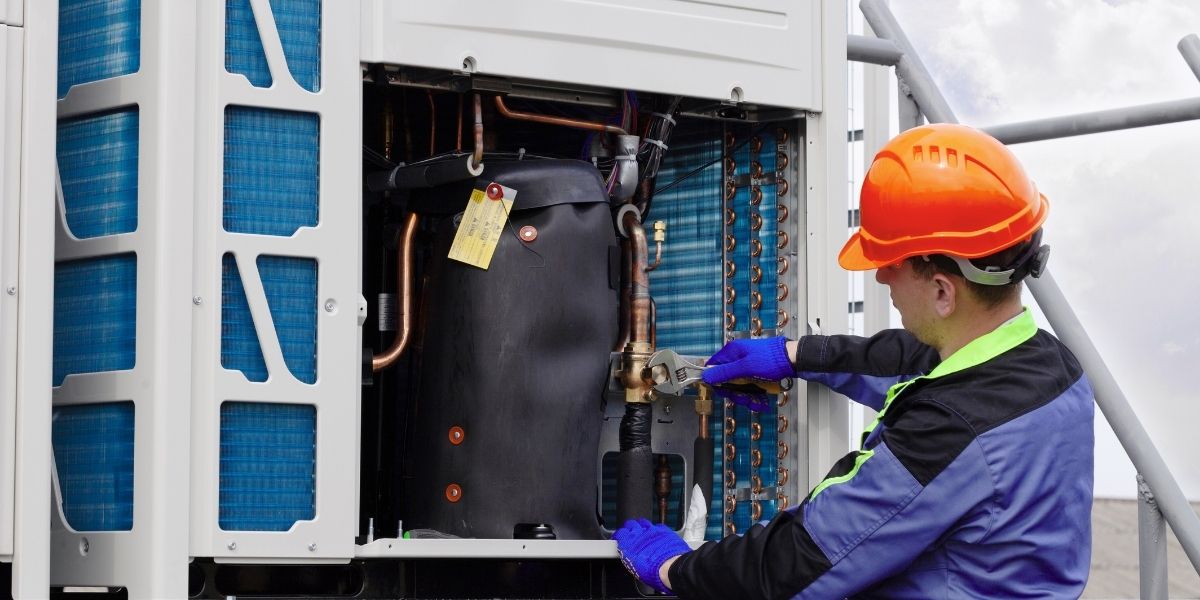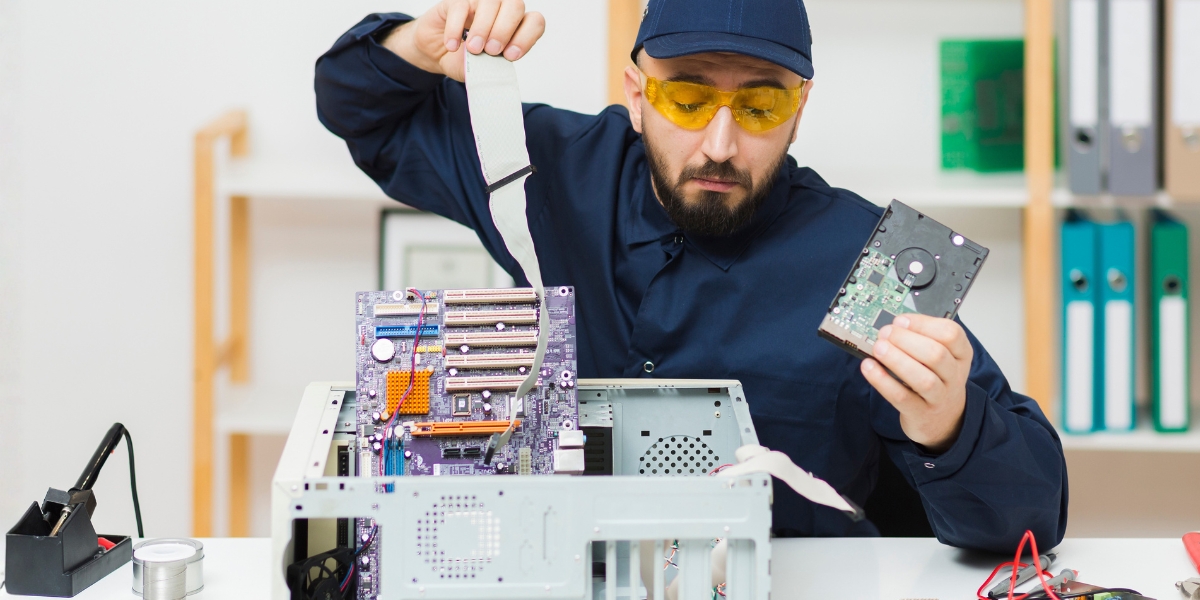Step-by-Step Guide to Repair External Hard Drives Without Formatting
External hard drives store valuable data like photos, work files, personal records, and more. When one stops working, it can feel like a disaster. But don’t rush to format it. Formatting erases everything, and it’s often not needed.
A broken drive doesn’t always mean the data is gone. It could be something small like a bad cable, a USB port that isn’t working, or a system glitch. Many of these problems can be solved with a few easy steps. You don’t need to be an expert or use advanced tools to try them.
Whether the drive isn’t showing up, your files are missing, or the system asks you to format it, don’t panic. The fix might be simpler than you think.
In most cases, you can fix the problem without losing your files. Follow this guide to fix your external hard drive without needing to format it.
Easy Steps to Repair External Hard Drive Without Formatting
Before you format your external hard drive and risk losing everything, there are a few steps you can try that might bring it back to life. These methods are safe, don’t erase your data, and often solve common issues. Start small and take it step by step.
Step 1: Rule Out Connection Problems
Start with the simplest check; your physical connection. A bad USB cable is one of the most common causes of external drive issues. It may look fine, but that doesn’t mean it’s working right. Cables wear out or get damaged internally.
What to do:
- Try a different USB cable
- Use another USB port to see if the drive responds.
- Try both front and back ports. If you have access, check the drive on another device.
If the drive works elsewhere, then your system is the issue, not the drive. This step often solves the problem right away.
Step 2: Check Disk Management (Windows)
Sometimes, your drive is working fine, it’s just not visible in File Explorer. Windows might detect the drive but not assign it a letter.
Here’s how to check:
- Right-click the Start menu and select Disk Management.
- Find your external drive in the list of available disks.
If the drive appears but has no letter assigned, follow these steps:
- Right-click the drive name.
- Select Change Drive Letter and Paths.
- Click Add and assign a drive letter (like E: or F:).
After this, go back to File Explorer. Your drive should appear. No data lost. No formatting needed.
Step 3: Use CHKDSK to Fix File Errors
Sometimes, errors in the drive’s file system prevent access. CHKDSK is a built-in Windows tool that can fix these errors without deleting your data.
Steps to run CHKDSK:
- Press Windows + R, type cmd, and press Enter.
chkdsk D: /f
- Replace D with your actual drive letter.
- Press Enter.
Windows will scan and fix problems if it finds any. This process may take several minutes, depending on the size of your drive. Don’t unplug or restart during this time.
Once done, check your drive. Your files may be fully accessible again.
Step 4: Update or Reinstall the Driver
Sometimes, the issue isn’t with the drive, it’s with your computer’s ability to read it. It may happen if your system drivers aren’t up to date.
Here’s how to check and fix this:
- Press Windows + X, then choose Device Manager.
- Expand the Disk Drives section.
- Scan the list for your connected external drive.
- Right-click on the drive and choose Update Driver.
- Select Search automatically for drivers.
If Windows can’t find a better driver, or updating fails, try uninstalling:
- Right-click the drive again.
- Select Uninstall device.
- Restart your computer.
After the reboot, Windows should reinstall the correct driver automatically. Reconnect your external drive and check again.
Step 5: Scan for Malware or Viruses
Malware can block access to your external drive or make it appear empty or unreadable. Running a full system scan can help uncover and remove hidden threats.
Steps:
- Disconnect from the internet to avoid spreading any infection.
- Open your antivirus program.
- Run a full system scan, including the external drive.
If threats are detected, follow your software’s prompts to remove them. After cleanup, safely eject the drive, then plug it back in.
Sometimes a virus hides or locks your files. Removing it may bring everything back.
Step 6: Use Reliable Drive Repair Tools
If none of the steps above work, you can turn to data repair tools. These programs are designed to scan damaged drives, fix file system errors, and even recover lost files without formatting.
Top tools to try:
- Recuva EaseUS
- Data Recovery Wizard
- DiskGenius MiniTool
- Partition Wizard
How to use one:
- Install the software on your main drive—not the faulty external drive.
- Launch the program.
- Select the external drive from the list.
- Run a deep scan.
- Wait for the tool to finish scanning.
- Review the found files and recover them to a different location.
Many of these tools have a free version that lets you preview and recover a limited amount of data.
If you need more, a paid version may be worth it. This approach helps when you need to repair an external hard drive without formatting and other methods don’t work.

Still Not Working? Get Help from Professionals
If your external drive:
- Makes loud clicking sounds
- Smells like it’s burnt
- Was dropped or damaged physically
Stop using it immediately. These are signs of internal hardware damage. In such cases, software won’t help, and continuing to plug it in could make things worse.
This is where experts like Horizon Elect Devices come in. They specialize in drive repair services, even for severely damaged drives. Using advanced tools and clean lab environments, they ensure your data is handled safely.
Attempting physical drive repairs at home often leads to permanent data loss. If your drive is damaged, it’s best to trust the professionals.
Once It’s Fixed: Back Up Your Data
After you recover your files, don’t wait for the next failure. Set up a backup system right away.
Here’s how:
- Use a second external drive to store copies of your important files.
- Enable cloud backups with services like Google Drive or OneDrive.
- Always eject the drive properly before unplugging.
- Keep the drive in a cool, dry place.
- Avoid rough handling.
No drive lasts forever. Most fail within 3–5 years. Backups help you stay safe and stress-free.
Recover Your External Hard Drive the Safe and Easy Way
If your external hard drive stops working, don’t format it right away. Most issues like loose cables, file errors, or driver problems can be fixed without losing your data. Try simple steps first: change cables, check Disk Management, run CHKDSK, and scan for viruses. Use repair tools if needed. If nothing works, a professional drive repair company like Horizon Elect Devices can help recover your files. Stay calm, follow the steps, and always keep a backup. A careful approach can save your data without the risk of wiping everything.



